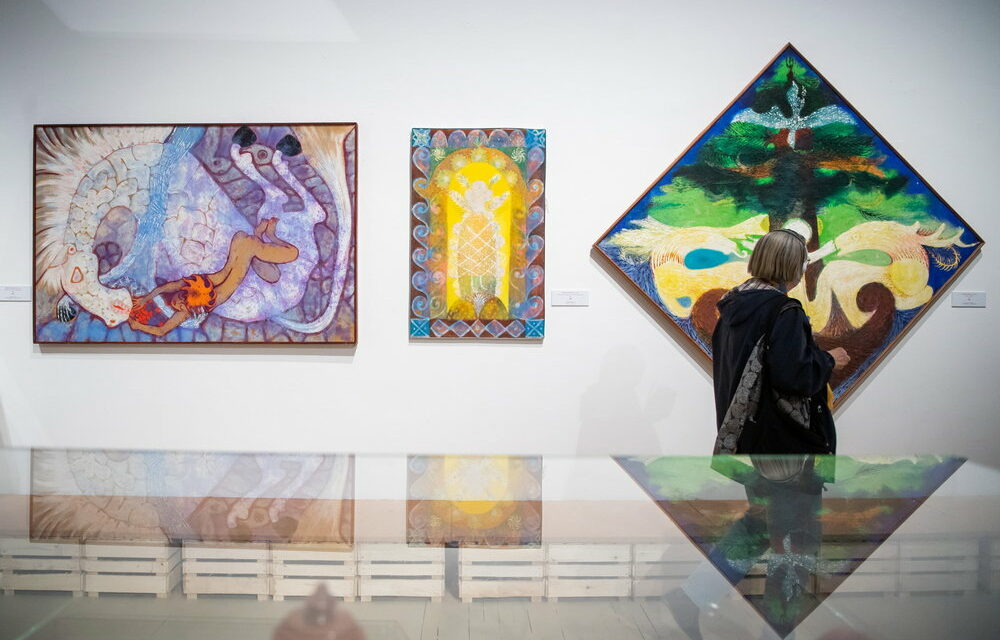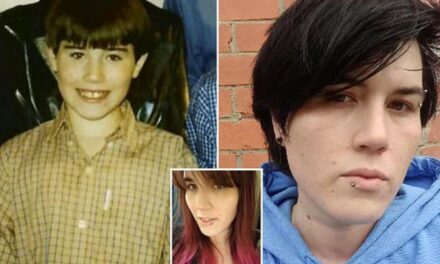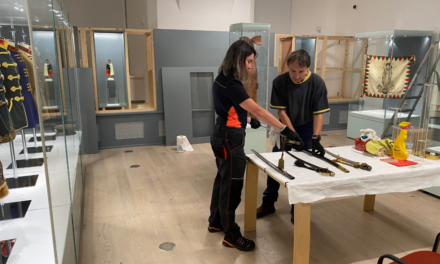The unity of the Hungarian folk tradition is presented under the title LélekFormák in II. National Folk Art Salon, which can be seen in the Art Gallery from Saturday.
Exhibition closing the second cycle of the National Salons
aims to present the unity of the Hungarian folk tradition, together with the work of the masters of object creation, the intellectual and spiritual world from which material culture originates
- said chief curator Mihály Vetró at the press presentation of the exhibition on Friday.
For all of this, the thematic presentation of the objects does not receive the greatest emphasis in the exhibition that is now opening, he added, but rather the formation of the individual, intellectual workshops and object culture is decisive.
According to Mihály Vetró
the key concept of folk art is the passing on of traditions, and the title of the first room of the exhibition refers to this: Inheritance.
As he recalled, folk model treasures and working methods were passed down within families and village communities for centuries. However, this tradition has now been broken, and their continuation was left to artisan masters and dynasties; the first section presents these families of blue painters, hatters, carvers, potters and blacksmiths.
Co-curator Béla Szerényi drew attention to the fact that folk art also offers examples and solutions for the future, including the economical use of materials and recycling.
This thrifty approach is reflected not only in the exhibited works, but also in the exhibition's installation recycling apple crates, he added.
István Kolozsvári introduced the room entitled Corresponding with Gyöngy and said that there was a selection of works by contemporary visual and industrial artists inspired by folk art, from the works of artists "who take it upon themselves to put the Hungarian soul into material".
Thirty-three artists aged no more than 33 will present themselves in the next room, representing as many layers of folk art.
Co-curator Gabriella Igyártó emphasized that only a few of them learned the craft in the family circle, yet they all practice it at a very high level, several of them were awarded the Junior Prima prize or the title of Young Master of Folk Art.
On the projector placed in the room, the young creators testify about their motivation and mission in 1-minute films.
Under the title Pergő pictures, the fourth room of the exhibition selects from the masterpieces of Hungarian ethnographic filmmaking.
Curator Zoltán Rockenbauer reminded us that the explosive technical development of the 20th century radically suppressed, and in some cases eliminated, traditional folk culture, while new technical tools also contributed to its preservation.
Hungarian ethnographic filming is almost a hundred years old, so the room can give a varied taste of the time, location, themes and style of the recordings, as well as the creators, from the beginning to the most recent times, he added.
In the closing rooms of the National Salon, there was a photo exhibition entitled Awareness of the World, which selects from a series each of three young photographers, Zsófia Mohos, Nagy Botond and Anna Szász-Bányász.
According to curator Zsuzsanna Tulipán, Zsófia Mohos immortalized the traditions and festivals of Rimóc in Nógrád and Kupuszina, a little-known Palóc village in the southern region. he documented his everyday life.
The Soul Forms - II. The National Folk Art Salon can be visited from Saturday until July 16 in the Műcsarnok.
MTI
Cover photo: MTI/Zoltán Balogh













